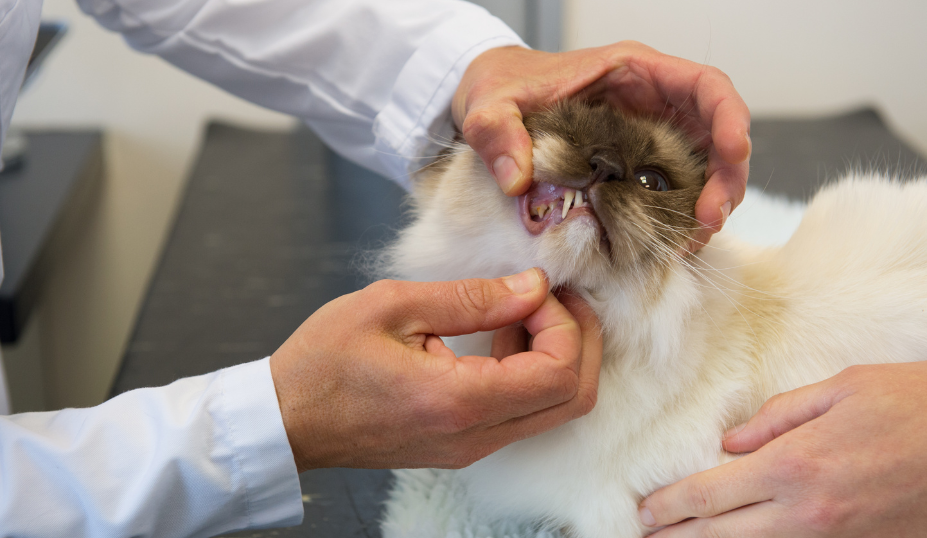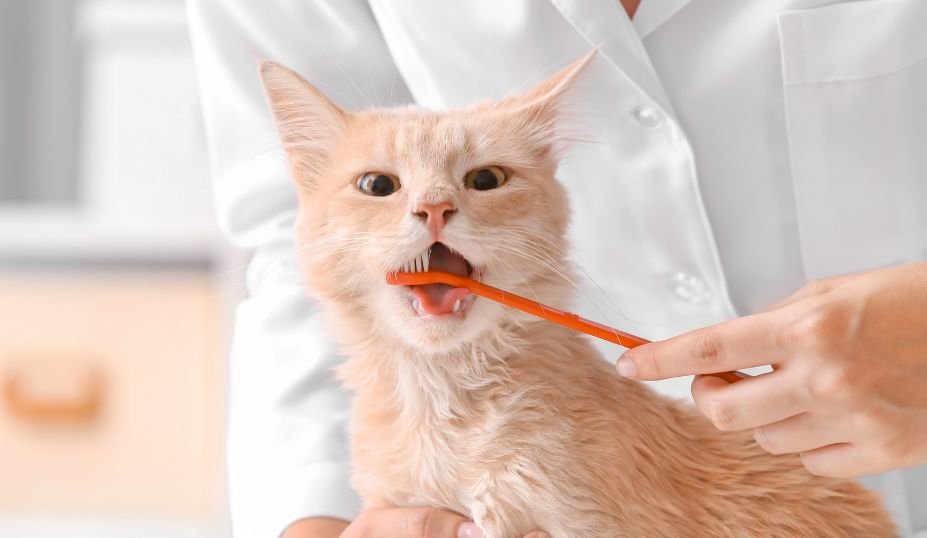How Many Teeth Do Cats Have: A Comprehensive Guide to Feline Dental Health
How Many Teeth Do Cats Have: A Comprehensive Guide to Feline Dental Health
Cats are fascinating creatures, known for their agility, curiosity, and unique characteristics. One aspect of their anatomy that often piques the interest of cat owners and enthusiasts alike is their teeth. So, how many teeth do cats have? The answer to this question varies depending on the cat's age and stage of development. Adult cats generally have 30 permanent teeth, including 12 incisors, 4 canines, 10 pre-molars, and 4 molars. Kittens, on the other hand, have 26 deciduous teeth, also known as baby teeth. Understanding the number and types of teeth in cats, as well as their dental care needs, is essential for maintaining their overall health and well-being. So, let's explore the captivating world of feline dentition and learn more about the teeth that make up a cat's captivating smile.
Understanding Feline Teeth
Cats, like humans, have different types of teeth, each playing a unique role in their survival. The number of teeth varies between kittens and adult cats, and each type of tooth has a specific function.
Kitten Teeth
Kittens, much like human babies, are born without teeth. It's not until 2 or 3 weeks of age that a kitten's teeth emerge. A kitten has fewer teeth than an adult cat: 12 incisors, 4 canines, and 10 pre-molars. This adds up to 26 kitten teeth in total, also known as deciduous teeth.
Adult Cat Teeth
As kittens grow, they lose their deciduous teeth, which are replaced by permanent adult teeth. An adult cat should have 30 permanent teeth, consisting of 12 incisors, 4 canines, 10 premolars, and 4 molars.
How Many Teeth Do Cats Have: Cat Teething Process
Just like babies, cats also go through a teething process. This is the period when kittens lose their deciduous teeth, and their permanent teeth grow in. This usually happens when the kitten is around 6 months old.
The teething process in cats begins when they are kittens. Kittens are born without any visible teeth. The deciduous teeth, also known as primary, baby, or milk teeth, start erupting through the gums at around three weeks of age and are normally finished erupting by 6 to 8 weeks of age. Kittens have 26 deciduous teeth.
The transition from deciduous teeth to permanent teeth occurs when kittens are around 10 weeks to 6 months old. The new teeth push out the milk teeth, and by the time the average kitten reaches 6-7 months of age, all 30 adult teeth will have erupted.
During the teething process, kittens may experience discomfort, and their gums may be sore. It's common for kittens to chew on objects to relieve the discomfort. It's also normal for kittens to swallow their baby teeth while eating.
If a baby tooth doesn't fall out when the corresponding adult tooth comes in, it's known as a retained deciduous tooth. This can cause problems, including misalignment of the adult teeth. If you notice a retained deciduous tooth, it's important to consult with a veterinarian.
Regular dental care, including brushing and veterinary check-ups, can help maintain your cat's dental health during the teething process and throughout their life.
What are the different types of teeth that cats have?

By John Smith
Cats have four different types of teeth: incisors, canines, premolars, and molars. Each type of tooth has a specific function and structure.
- Incisors: These are the small, sharp teeth found at the front of the jaw. Cats have twelve incisors, each with a singular root. While these teeth do not aid in hunting, they are useful for self-grooming and picking up objects.
- Canines: The canines are large, curved, sharp, fang-like teeth. They are the longest teeth and have a singular root like the incisors. Cats use their canine teeth for grasping and shredding meat.
- Premolars and Molars: These are flat teeth with two to three roots that help cats eat by crushing bone and breaking down food into chunks they can swallow. Cats are unable to chew their food like humans can as they can only move their mouths up and down.
- Carnassial Teeth: The carnassial teeth, also known as the sectorial teeth, are the last upper premolar (third premolar) and first lower molar of the cat. These are the largest teeth of the feline and are sharp, jagged, and pointy. The main purpose of the carnassial teeth is for grinding and cutting food.
It's important to note that none of the teeth of cats, including their molars, have grinding surfaces; they clearly evolved to eat meat.
How do cats' teeth change as they age?
As cats age, their teeth undergo several changes. Initially, kittens are born without teeth, and their deciduous teeth (also known as milk or baby teeth) start to emerge around 3 weeks of age, finishing by 6 to 8 weeks of age. Kittens have 26 deciduous teeth.
The transition from deciduous teeth to permanent teeth occurs when cats are around 3 to 4 months old. The new teeth push out the milk teeth, and by 6 to 7 months of age, the transition is usually complete, resulting in 30 permanent teeth.
As cats grow older, they may experience dental issues, such as gingivitis, periodontitis, and tooth resorption. Up to 90% of cats over 4 years old suffer from dental conditions.
Regular dental care, including brushing and veterinary check-ups, can help maintain your cat's dental health as they age.
How to Maintain Your Cat's Dental Health?

Maintaining your cat's dental health is crucial for their overall well-being. A thriving cat should have 30 healthy teeth. To keep them in optimal condition, it's important to brush their teeth regularly and take them to the vet as soon as you notice any dental problems.
Diet and Dental Health
Diet plays a significant role in your cat's dental health. Cats need nutrients found only in animal products, so it's important to feed your cat a diet that's high in protein and low in fat and carbohydrates. They also need various other nutrients from their food, such as vitamins, minerals, amino acids, and fatty acids.
How often should cats' teeth be brushed?
Cats' teeth should ideally be brushed daily to help decrease plaque and prevent tartar accumulation. However, if daily brushing is not feasible, brushing three times a week is the minimum recommendation.
Some sources suggest that brushing twice a week is acceptable if your schedule can't accommodate more frequent brushing. It's important to note that regular brushing should be supplemented with professional dental cleanings at least once a year.
Comparison Table
|
Feature |
Kitten Teeth |
Adult Cat Teeth |
|
Incisors |
12 |
12 |
|
Canines |
4 |
4 |
|
Premolars |
10 |
10 |
|
Molars |
0 |
4 |
|
Total |
26 |
30 |
Pros and Cons of Regular Dental Care:
Pros
- Prevents dental diseases
- Helps maintain overall health
- Improves breath
Cons
- Risk of dental diseases
- May lead to other health issues
- Bad breath
FAQs
Q: When do kittens start losing their baby teeth?
A: Kittens typically start losing their baby teeth around 6 months old.
Q: How many teeth do adult cats have?
A: Adult cats have 30 permanent teeth.
Conclusion
Understanding your cat's dental health is an essential part of pet ownership. Regular dental care and a proper diet can ensure your cat maintains a healthy set of 30 teeth. Remember, a healthy cat is a happy cat! For more pet care advice and tips, visit our website Petzooie. For more detailed information on cat teeth, you can visit Daily Paws, Dutch, East Valley Animal, Purina, and Basepaws.







